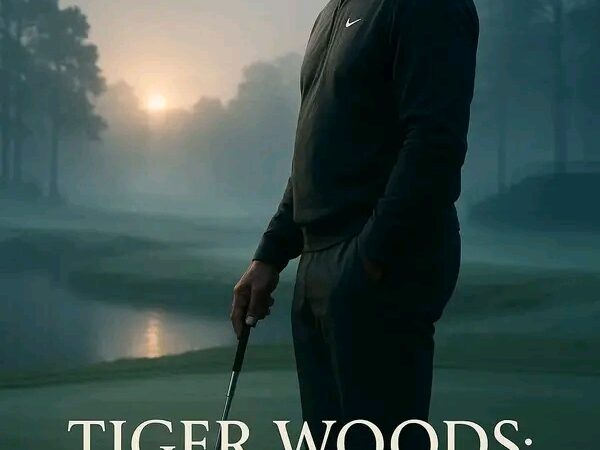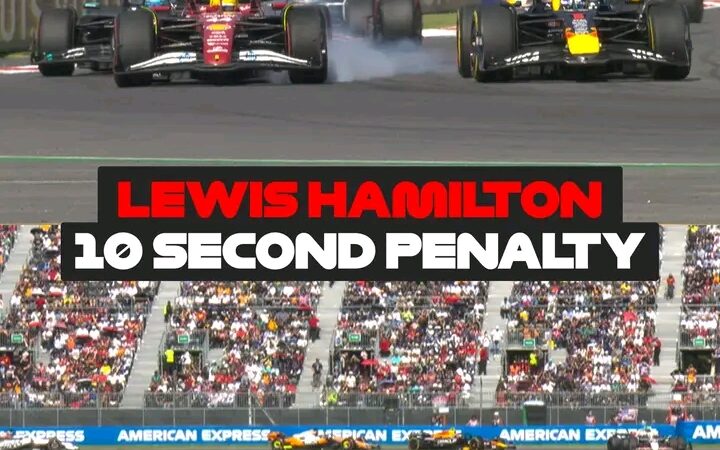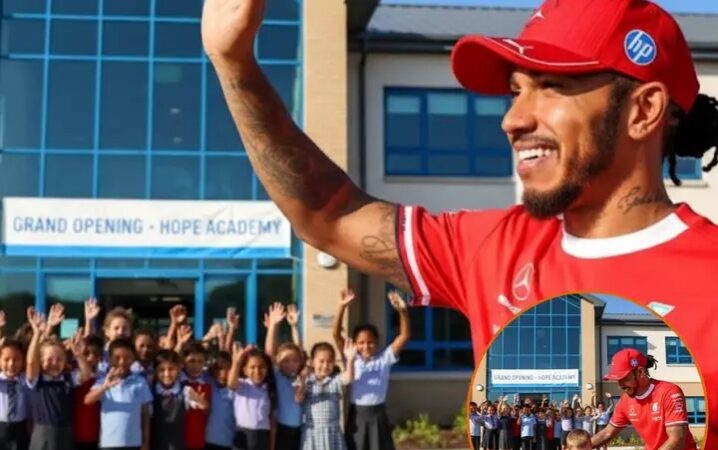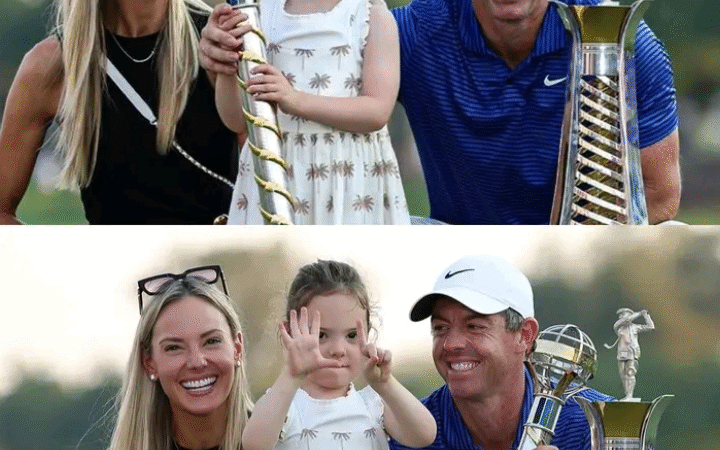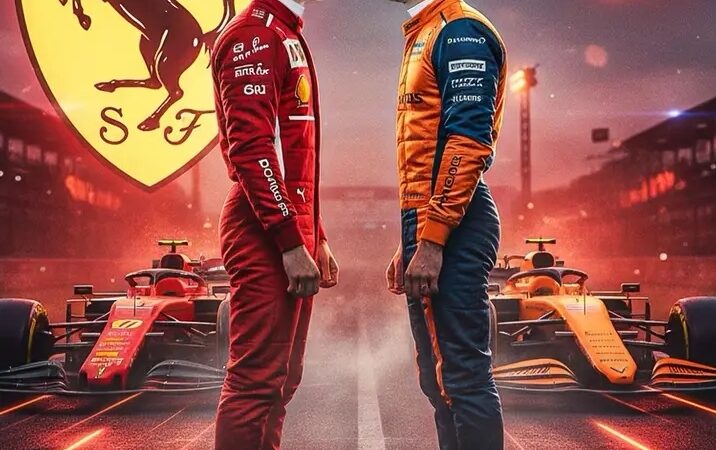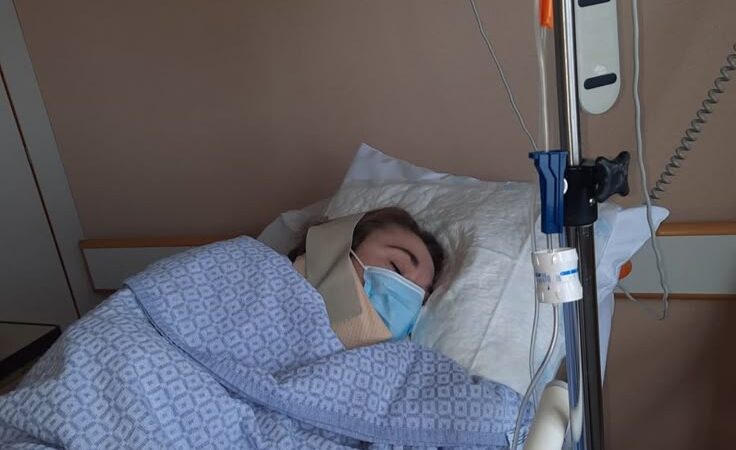Passion on slow MLB free agency: How much money is left……..and who is going to spend it?
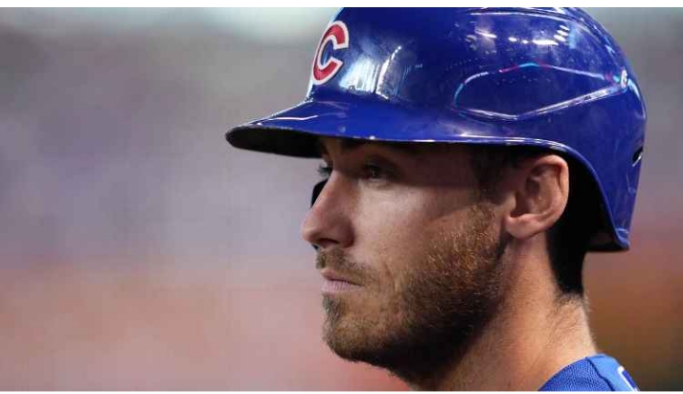
With Major League Baseball wrapping up this offseason and spring training quickly approaching, let’s face it, there are still dozens of unsigned veterans. It is nothing new. Even half a year ago, the free agent market was much slower and worse for players. Three weeks into 2018 Spring Training, MLB has come to a complete halt. In the past three months, the team has spent less than $700 million. The biggest deal was veteran first baseman Carlos Santana for $60 million. As of January 1, 2018, 51 players have signed contracts. It’s a one-year contract from the 25th and opening day, June 25th.
The similarities between 2018 and 2024 are striking. The top four players at the time were Eric Hosmer, J.D. Martinez, Jake Arrieta and Mike Moustakas are clients of agent Scott Boras. The top four players left this year (Blake Snell, Cody Bellinger, Jordan Montgomery and Matt Chapman) are Boras. Shohei Ohtani certainly slowed down the market before completing his historic free agency on December 9th. Some executives have suggested he will do so when he arrives in MLB from Japan in 2017-18. Years later, the players look to the winter of 2018 as an interesting time in collective bargaining that threatens the 2022 season. The reason the players haven’t taken action this time is that, despite the fast pace, the money spent so far generally indicates a healthy market. It’s not just the extra $1 billion the Los Angeles Dodgers guaranteed Ohtani and Yoshinobu Yamamoto before the calendar changed. That’s an additional $1.5 billion spent on 95 other free agents. In fact, 34 of those players averaged more than $10 million in annual salary despite a relatively weak free agent class. Even if Ohtani and Yamamoto are holding things together and trade talks are moving along, there is ample evidence to suggest that the biggest issue this winter will be players being underpaid and their cap numbers rising. what happened . These are the questions executives, agents, owners and others in the game ask themselves. How much money is still available? When will it be used? And who pays for it?
At the start of the season, ESPN’s Kiley McDaniel predicted every free agent signing. His predictions were, with a few exceptions, very accurate and in many cases accurate to the year and the dollar. Of the players currently on the market, McDaniel estimates the team will spend another billion dollars to sign them. More than half of the remaining money was allocated to the “Boras Four”. Most of the events this winter are of their own volition. Every team expects prices to drop, which inevitably will happen. But giving Boras low leverage ignores several factors. Ownership has plagued Boras’ entire career (see Kris Bryant’s seven-year, $182 million deal with Colorado), and it’s entirely possible another team will enter the fray. Injuries also affect a team’s score. With Josh Hader almost on the Houston Astros’ radar, sources say Kendall Graveman’s shoulder surgery has sparked new negotiations, and Hader will receive $95 million over five seasons. Each of these players could opt out of long-term contracts in favor of shorter packages with higher salaries. Snell could go that route, but if getting back on the market is a priority, he probably won’t after a season as dominant as his Cy Young-winning campaign. One thing about Bellinger’s free agency is his terrible seasons in 2021 and 2022, and those numbers raise concerns that his .307/.356/.525 line could be out of bounds in 2023. . Interested teams are pursuing short-term offers to trade Bellinger after his stellar performance this winter, which could answer lingering questions about him. History has shown that good players pay their dues, even if it takes time. The four-year, $44 million contract Hicks signed last week was exactly what McDaniel expected. Reliever Robert Stevenson’s three-year, $33 million contract with the Angels was $3 million more than McDaniel’s estimate. First baseman Rhys Hoskins received $34 million over two years. Of course, playing in a 9 figure sandbox is another story. A rich team’s influence will depend on whether they want to go big or trade for the next level player.
After the fourth inning, any potential team needs can be filled with remaining free agents. Do you want DH? Jorge Soler, J.D. Please select from: Martinez, Justin Turner and Joc Pederson. outfielder? Maybe Adam Duvall, Michael A. Taylor, Tommy Pham, Travis Jankowski, Randal Grichuk, David Peralta or Robbie Grossman will do the job. Tim Anderson, Amed Rosario and Whit Merrifield are the best players left in the weak field. Starting pitchers (Clayton Kershaw, Hyun-jin Ryu, Michael Lorenzen, Mike Clevinger, Zack Greinke) and relief pitchers (Hector Neris,
